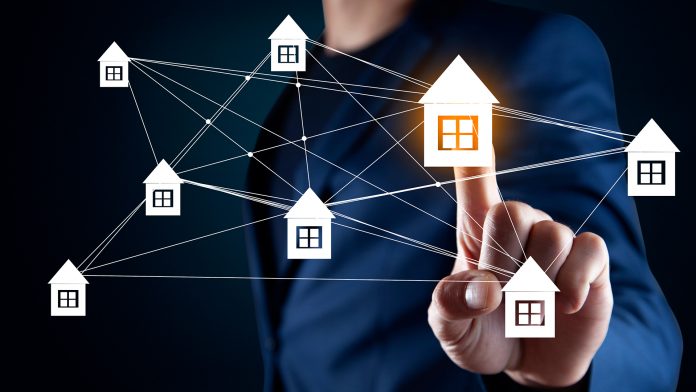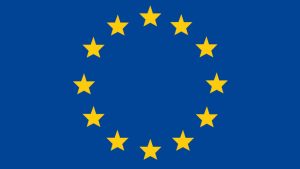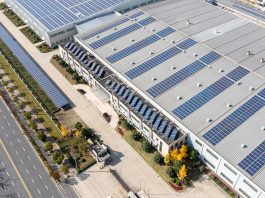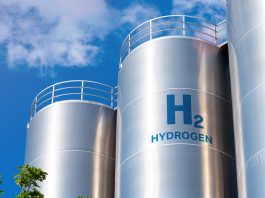The SENDER project develops the next generation of household-focused demand-response systems based on social co-creation processes.
Electricity consumers in the European Union (EU) suffer from high energy prices and rampant inflation. Individual action can make an important difference for each household and, according to the European Commission, as much as 83% of all EU households could lower their energy bills by contributing to renewable energy production, demand response and/or energy storage in 2050.
Demand-response challenges
However, the potential of household demand-response is currently quite untapped. This is because consumers over time lose interest in existing demand-side management (DSM) initiatives. Current energy service applications mostly don’t reflect the wish for pro-active DSM where no consumer intervention is required, and state-of-the art digitalisation opportunities are not sufficiently reflected in existing DSM services. From the perspective of an aggregator that steers supply and demand flexibility of household consumers and offers it on the electricity market, the generated revenues often don’t compensate for the required technology investments.
The consumer-focused, integrated SENDER approach
Therefore, the EU-funded SENDER (Sustainable consumer engagement and demand response) project applies an approach that resolves the aforementioned challenges. A co-creation steering group, composed by selected consumers at the three demonstration sites and technology providers, became established by the beginning of the project. It serves to outline technological opportunities and to let the consumers decide what kind of platform configuration fits with their local needs. As a result, there was a high acceptance for the specific solutions which supported the user engagement.
The SENDER platform scheduling and control component is able to connect to and steer air conditioning, lighting, hot water boilers, white appliances, and batteries in the demand-side management domain. Based on the outcomes of the interaction with local consumers, the initial DSM focus became widened. The SENDER platform is open to integrate additional service applications from the areas of home automation, convenience, and security mechanisms (see graph).
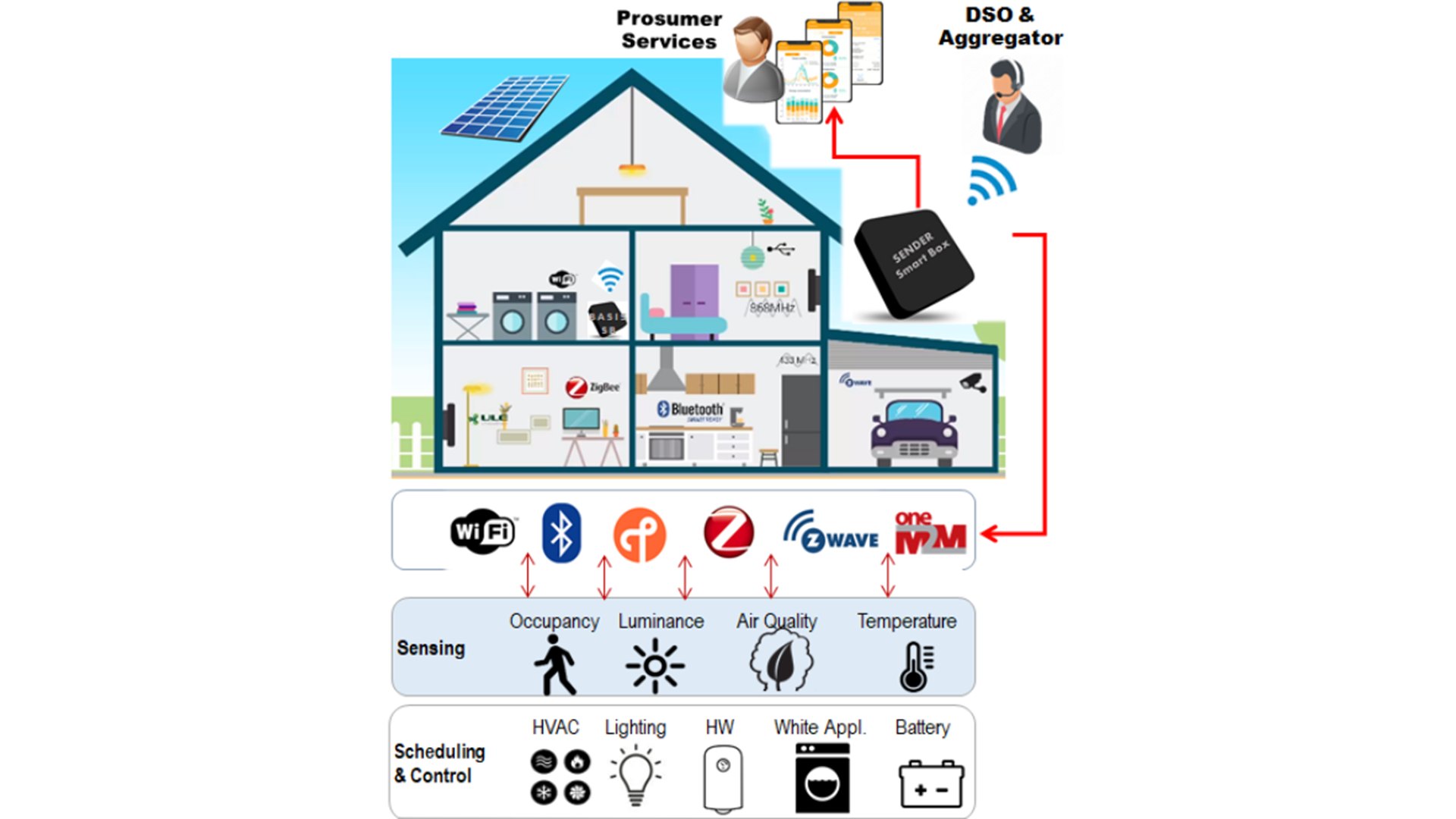
The SENDER project serves to provide the involved households an additional value beyond pure demand-response services, which increases the system acceptance and the long-term engagement of its users. Furthermore, the integration of DSM with additional, innovative home applications offers the operator of the platform the opportunity to broaden its business model. The revenues from the system implementation no longer solely depend on flexibility returns from the electricity market. Subscription-based home automation and supervision services can be offered to household consumers, which increases the monthly revenues.
Furthermore, the close co-operation and communication with participating household electricity consumers turned out to be a successful approach to reduce potential concerns regarding the use of advanced technology implementations. Therefore, it is possible to collect and process consumer data to identify typical consumption patterns and mirror them by digital twins (DT). Their application and combination with Machine Learning technologies allows to forecast typical electricity demand characteristics of households with a higher granularity and accuracy compared to commonly used forecast approaches.
Conclusion
Current experience from the SENDER project reflects that the implementation of DSM systems should not be considered as a pure technological task. Social innovation and the co-creation with its potential users provide highly valuable input and increases the user engagement rate compared to other projects. This can also be a starting point for the establishment of local energy communities.
Promising future business models in the DSM domain will most likely integrate smart home and home automation services with the flexibility provision by household electricity consumers. Initial business approaches towards this expansion out of the electricity domain can be observed in the Nordics.
Finally, a screening for digital technologies that stem from other industries but might be applied in the electricity industry has proven to be successful. The digital twin technology that is used in SENDER has its origin in the aviation industry but became successfully transferred to demand-side management concepts.
SENDER Consortium
The SENDER project involves 15 partners from seven European countries (Austria, Finland, France, Greece, Italy, Norway, Spain): Alginet; Austrian Institute of Technology; Centre for Advanced Studies, Research and Development in Sardinia; Ecoserveis; Euroquality; Hypertech; Norwegian University of Science and Technology; NXTECH; Paragon; QUE Technologies; Technical Research Centre of Finland; Trialog; University of Applied Sciences Upper Austria; WEIZER Energy and Research Centre.
The project is co-ordinated by Smart Innovation Norway.
The SENDER project has received funding from the European Union’s Horizon 2020 Research and Innovation programme under Grant Agreement No. 957755.
The information and views set out in this article are those of the author(s) and do not necessarily reflect the official opinion of the European Union. Neither the European Union institutions and bodies nor any person acting on their behalf may be held responsible for the use which may be made of the information contained therein.
Please note, this article will also appear in the fourteenth edition of our quarterly publication.

